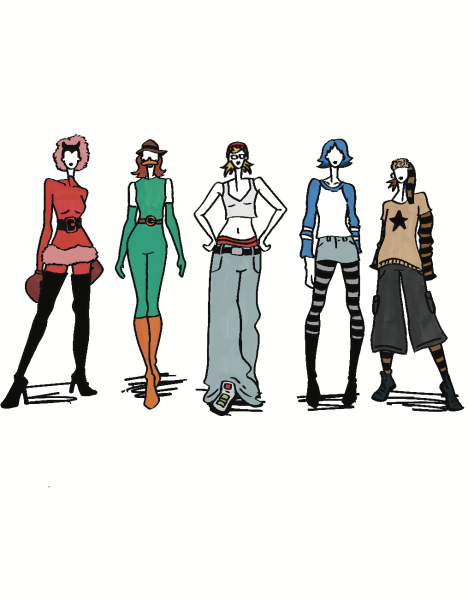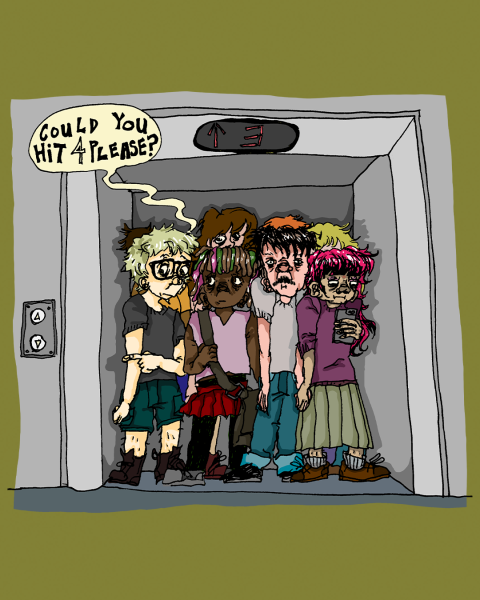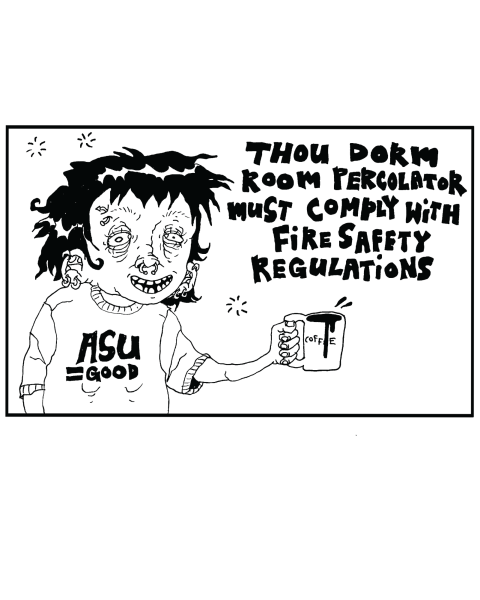OPINION: Rethink regifting
January 25, 2022
Though 2021 was a hard year, consumers definitely didn’t stop shopping. The online shopping industry gained popularity during the pandemic and saw an increase in sales from the past couple of years. Retail sales for 2021 exceeded $4.4 trillion. Of that $4.4 trillion, Americans are estimated to have returned about $500 billion worth of merchandise. Furthermore, it is estimated about 18% of online sales were returned.
For most consumers, as soon as that refund hits their bank account, the returned item is out of sight and out of mind. However, for the returned item, a disappointing journey begins here.
Corporations will almost always prioritize profit. When consumers make returns, the cost of processing them is oftentimes higher than the cost of throwing them away. The process and cost of cleaning, shipping, repackaging and troubleshooting a returned item is a hassle. Instead, businesses throw the item in a landfill, adding to the estimated 6 billion pounds of waste the U.S. contributes to landfills each year. It is estimated a quarter of returns are simply thrown away to maximize profits. This is cost effective for the businesses, but the environment pays the ultimate price.
Though the responsibility of adopting green practices shouldn’t fall solely on the consumer, there are choices consumers can make that avoid contributing to the wastefulness of returns in the retail industry.
One of the easiest ways to get rid of an unwanted item, especially a gift you received during the holidays, is regifting it. Have a friend with a birthday coming up? Gift them that sweater you got for Christmas that didn’t fit you right. They might love it.
Even with items you bought yourself, gifting it to someone else is one of the best ways to avoid returning it. Not only does it get rid of clutter, it can also save you some time and money. You were likely going to spend some time and money to get a birthday gift for a friend anyway. Might as well gift them an item you already spent time and money on.
Another obvious and accessible way to avoid returning an item is selling it yourself. The popularity of secondhand shops has made selling unwanted items easier than ever before. The fashion industry is considered to be the second-largest polluting industry in the world. The frequency of returns likely contributes to that status. However, new secondhand clothing businesses are taking advantage of the frequency Americans return items. They offer consumers another way to “return” an item by selling it back to the secondhand market. The secondhand market can then put it on sale and upcycle it. Through this model, the consumer at least knows their item is still in circulation rather than in a landfill somewhere polluting the earth.












